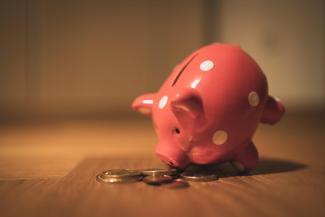
Kahan on Inflation: Part 3
Kahan on Inflation: Part 3
For the third time in the past eight months we are checking in with Scott Kahan on inflation. Last June the Certified Financial Planner professional and President of Financial Asset Management Corp. in Chappaqua and NYC, talked about the comparisons investment gurus were making between today’s economy and the Roaring Twenties. Two post pandemic periods that saw a rising stock market. We followed that discussion last October as inflation numbers reached five percent for the first time. Today new CPI numbers were released for January that saw inflation hit 7.5% – a forty year high.
What do you make of today’s CPI numbers for January?
Obviously, the inflation in our economy has persisted longer than Federal Reserve Bank Chairman Powell had hoped and has arguably reached heights he never anticipated. And what is equally obvious is that inflation will be, once again in 2022, the dominant theme in any discussion of the US economy and its financial markets.
That said, while the level inflation has reached should not be trivialized, it is important to note that what turns inflation into entrenched inflation is wage inflation – something that we are seeing to a certain extent but not an alarming level. Which is why we continue to view inflation as something that will return to the two, two and a half percent range economists have been predicting.
Why has it jumped so high?
First, it is important to remember that inflation typically is a sign of a robust economy and in our current frame of reference this is certainly true. The US economy grew at 5.7% in 2021 – the highest rate since 1984. And unemployment has dropped from a pandemic high of 14.7% in April 2020 to 4% today. The economy is strong. People are working and spending money. A strong economy naturally feeds inflation.
Both the strength of the economy and the inflation level we see are related to the pandemic and the supply chain issues associated with it. And the nature of the pandemic which has curtailed certain aspects of our service economy, such as travel and entertainment. And funneled money into tangible goods purchases which puts even more stress on the supply chain. The strength of the economy coupled with funneling of consumer spending into tangible goods buckets is why we saw the CPI number we saw today.
To read the full article visit: whattododigital.com


